
OR
84% youth suffering from anxiety due to COVID-19: Survey
Published On: April 22, 2021 09:33 PM NPT By: SHREE RAM SUBEDI
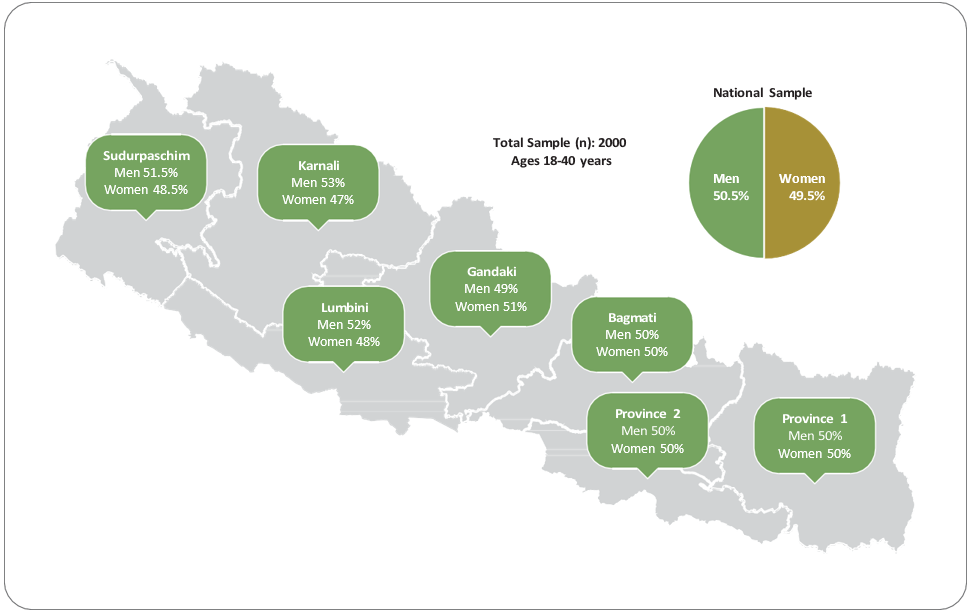
Kathmandu, April 22: Eighty-four percent of the youth are experiencing anxiety due to COVID-19, a nationwide survey showed.
The survey, Youth Anxieties, Perceptions, and Activism, was carried by Niti Foundation, in partnership with the International Labor Organization (ILO). A total of 2,000 youth from 18 to 40 years of age participated in the study, with a proportionate representation of provinces and gender.
In terms of ethnic and caste groups, youth from Dalit, Aadivasi-Janajati, and Khas-Arya youth reported to have experienced COVID-19 induced anxiety in higher proportion. The survey found 93% Dalit, 89% of the Aadivasi-Janajati youth, and 88% of the surveyed Khas-Arya youth experienced anxiety due to the pandemic.
Women were slightly more affected than men. " A total of 85 percent of women reported having experienced anxiety, and 83 percent for men felt the same," the survey said in its findings.
Young people from Province 2 showed lower levels of anxiety (68%) in comparison to Karnali, Bagmati and Province 1 with 97%, 94%, and 90% respectively. 'There is a steady increase of experience of anxiety with the increase of the age of youth," the survey said. Youth ages between 33-40 experienced anxiety in a greater proportion (89%) than young people between 18-22, 23-2, and 28-32. However, the difference was not significant, the survey said.
A majority of young people were found to have least interest in political participation and perception. According to the survey findings, 44 % of the youth reported not having interest in politics, 40% said they were interested to ‘some extent’, and only 5% said they were ‘very interested’.
Interest in politics varies across ethnic and caste groups. Ethnicity-wise, 53 % Aadivasi-Janajati, 52 % of Dalit, 49 % of Muslim, 39% Khas-Arya, 37% Madheshi, and 34%of Tharu youth were found to be ‘not interested at all’ in politics. Of all the provinces, a higher proportion of young people from Bagmati (53%) and Gandaki (52%) were ‘not interested at all’ in politics.

In terms of problems faced due to the pandemic, transportation was the major problem with 58% youth saying so, followed by 54% who said accessing medical facilities was a major concern. A total of 52% of the surveyed said that the loss of income was a major problem while food shortage, disruption in studies and, shortage of agricultural input related problems were faced by 45%, 41% and 32% of the participants.
Only a quarter of young people agreed that the nation was going in the right direction, according to the survey. These findings are in sharp contrast to a National Governance Survey done by Nepal Administrative Staff College in 2018, which had recorded 80% of people in an optimistic mood with their opinion that the country was heading in the right direction. While the same question was asked to the youth of ages between 18-40, only 34 % said that the country was going in the right direction.
When the survey asked the youth on what led them to think that the country was going in the wrong direction, majority of them (68%) said that the political leaders were not doing well. This was followed by 65% of youth who said that the country’s development was not taking place as expected. Also, political instability, intra-party dispute, ill-designed government policies, mis-match between policies and economic development, external interference and high inequality were other reasons for their dissatisfaction.
In terms of current and future plans, the majority of the youth surveyed (38%) expressed a preference to look for jobs in Nepal. This was followed by those who wanted to start their own business (27%). Meanwhile, only 9% of youth wanted to work in the agriculture sector or go overseas for foreign employment. Of the youths who plan to work in agriculture in Nepal, 60% are women and 40% are men, according to the survey findings.

According to the Labor Force Survey 2017/18, youth from the 16-25 age group make up 27.3 percent of the working-age population, while they comprise only 18 percent of those employed. Of those employed, 62.2 percent work in the informal sector. The informal sector employees are vulnerable and they are also the hit hardest by the pandemic, the survey said.
You May Like This
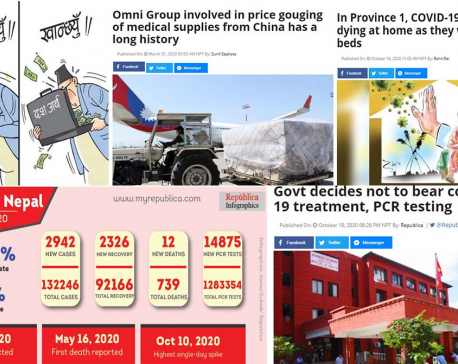
As Oli government limits its role to counting deaths during the greatest public health crisis, people are dying at an alarming rate
Experts say the government has decided to shred the constitution ... Read More...

India-returnee dies at a quarantine facility in Nawalparasi
RUPANDEHI, June 28: A 45-year-old man who was kept at a quarantine facility set up at Bardaghat Municipality-2 in Nawalparasi... Read More...

Elderly who traveled to Mustang from Bauddha tests positive for Covid-19
POKHARA, June 22: An elderly man has tested positive for Covid-19 in Mustang. According to the Gandaki Province Health Directorate,... Read More...
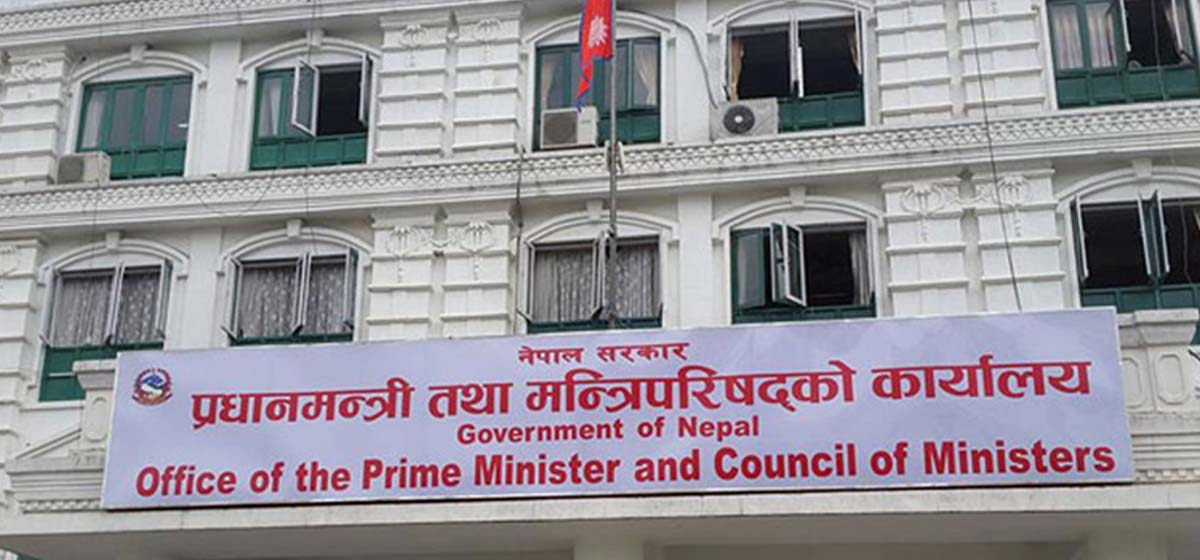
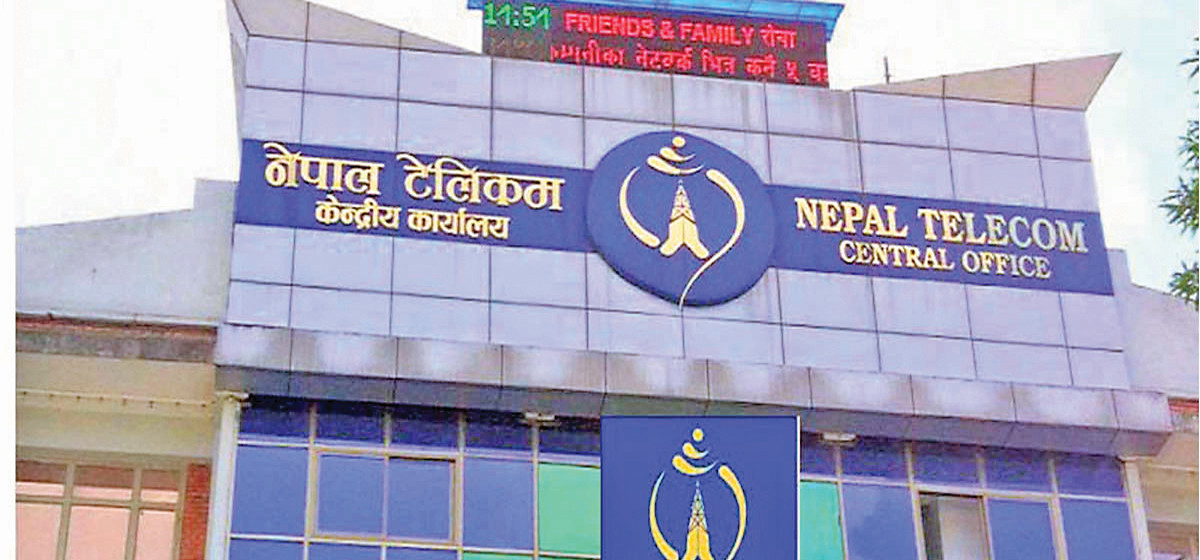
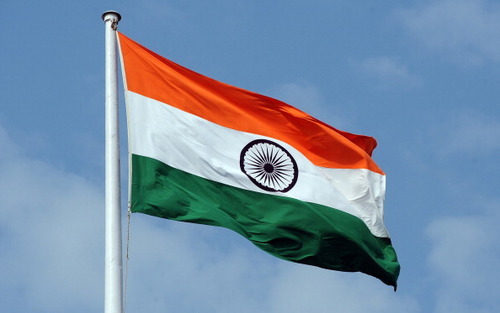
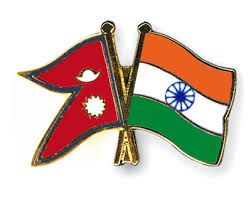
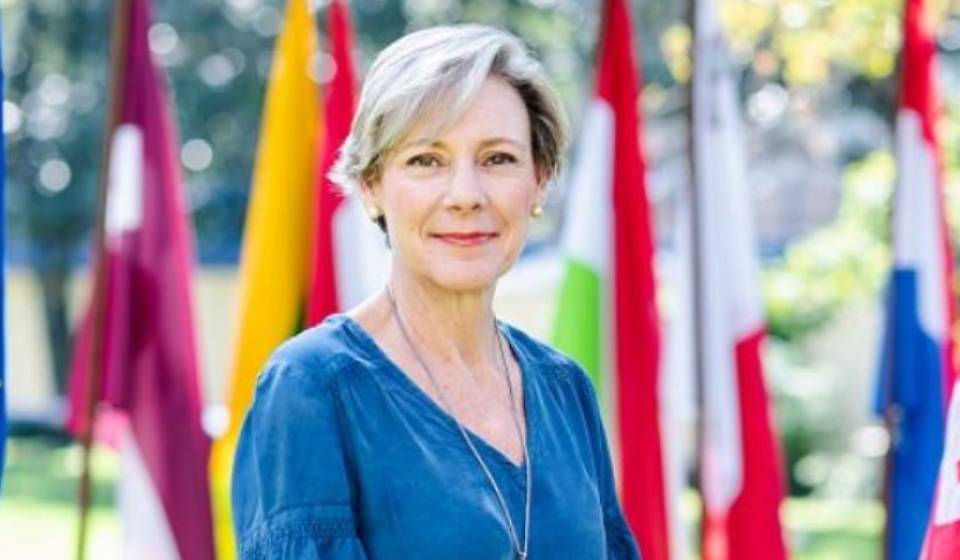
Just In
- No more scrunching your nose in modern public toilets built in Lalitpur
- Nepal's banking industry leads the region in female representation: IFC report
- India completes Maldives troop withdrawal
- Nepal, India must talk, resolve issues
- Hyundai launches first 'made in Nepal' vehicle assembly plant in Nawalparasi
- Two arrested with Rs 9.8 million of hundi cash after car chase by police from Singha Durbar
- SC refuses to issue interim order in petition against Koshi CM Karki
- Patan High Court upholds district court’s order, refuses to release four people arrested in connection with cryptocurrency case



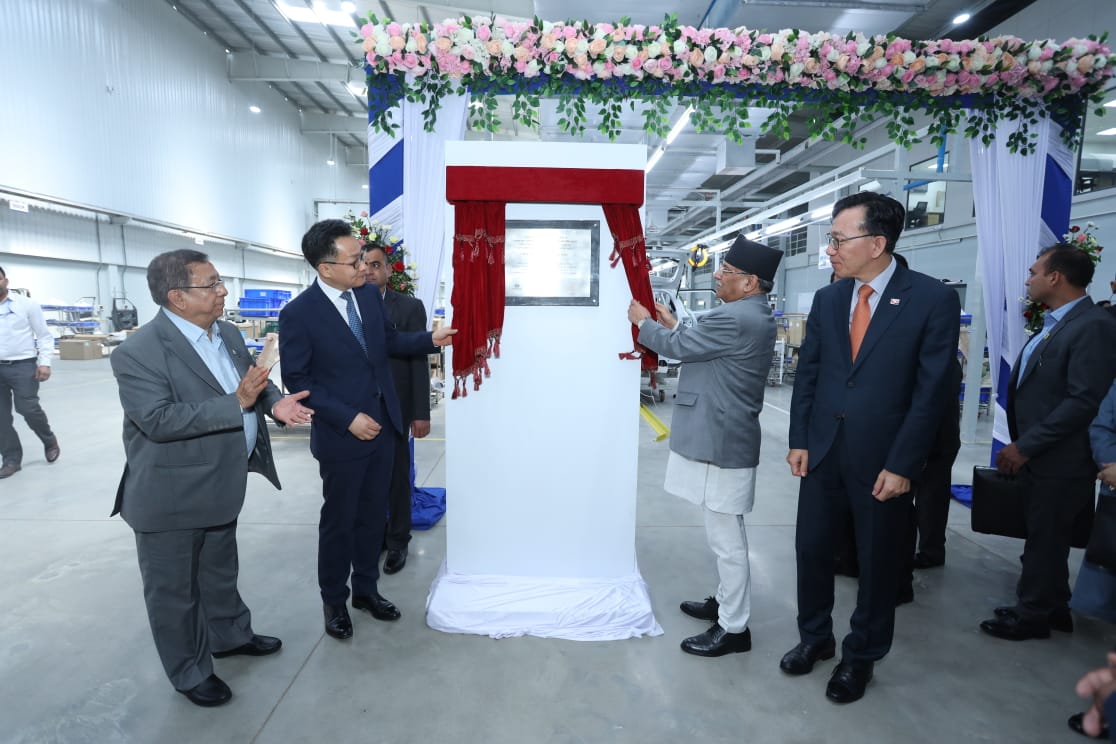
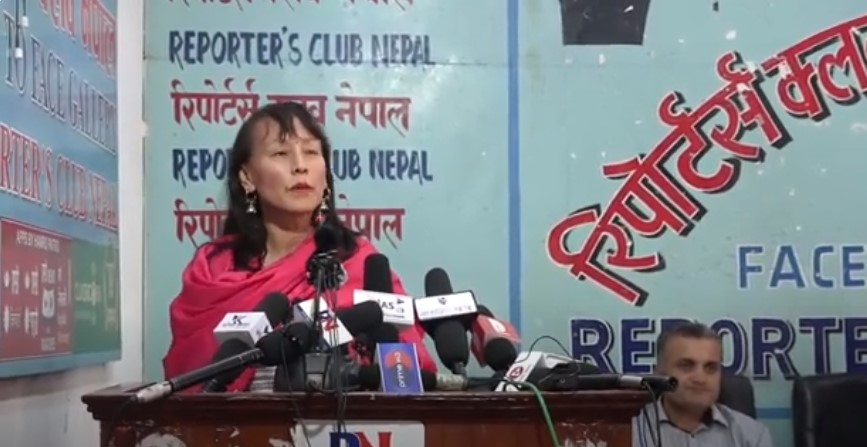

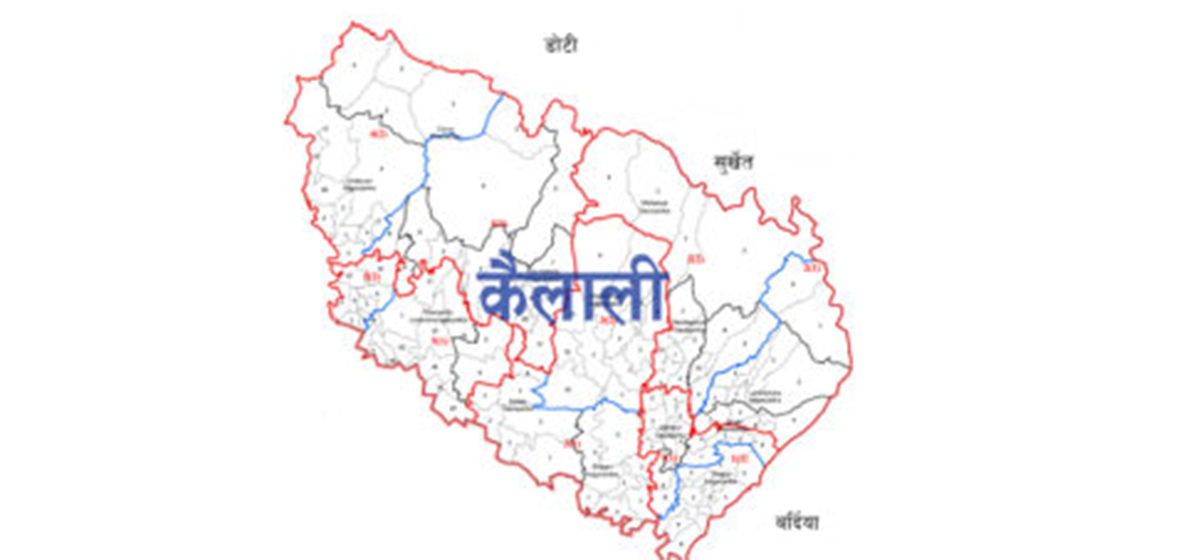
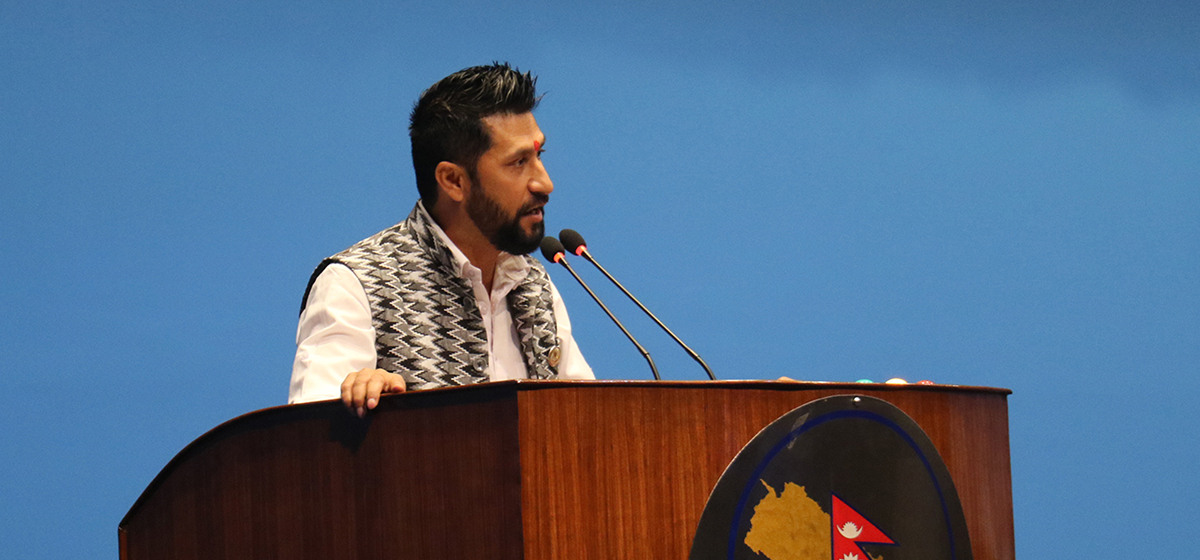
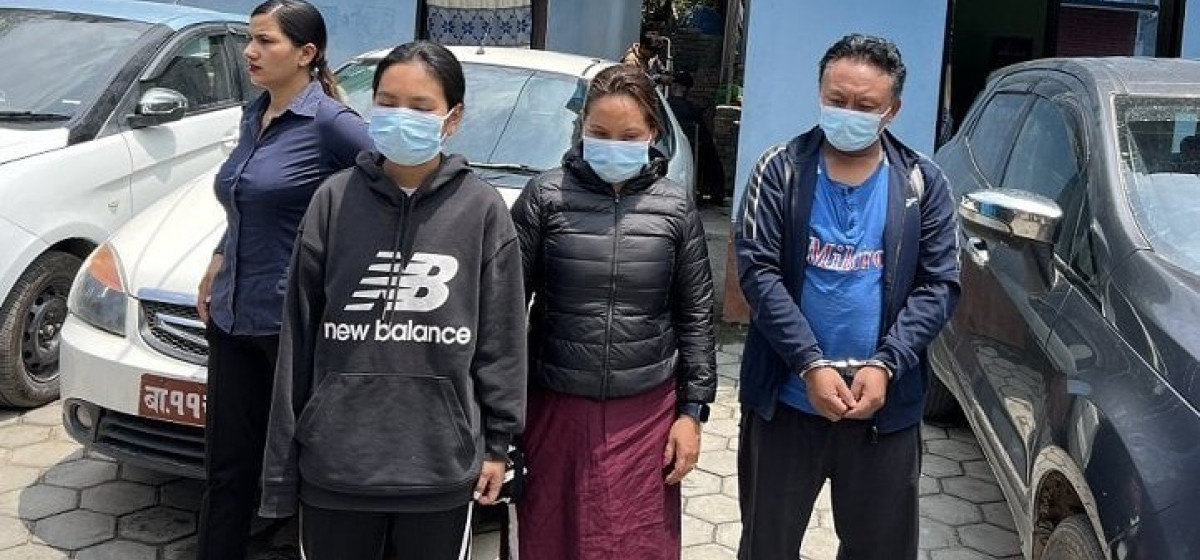
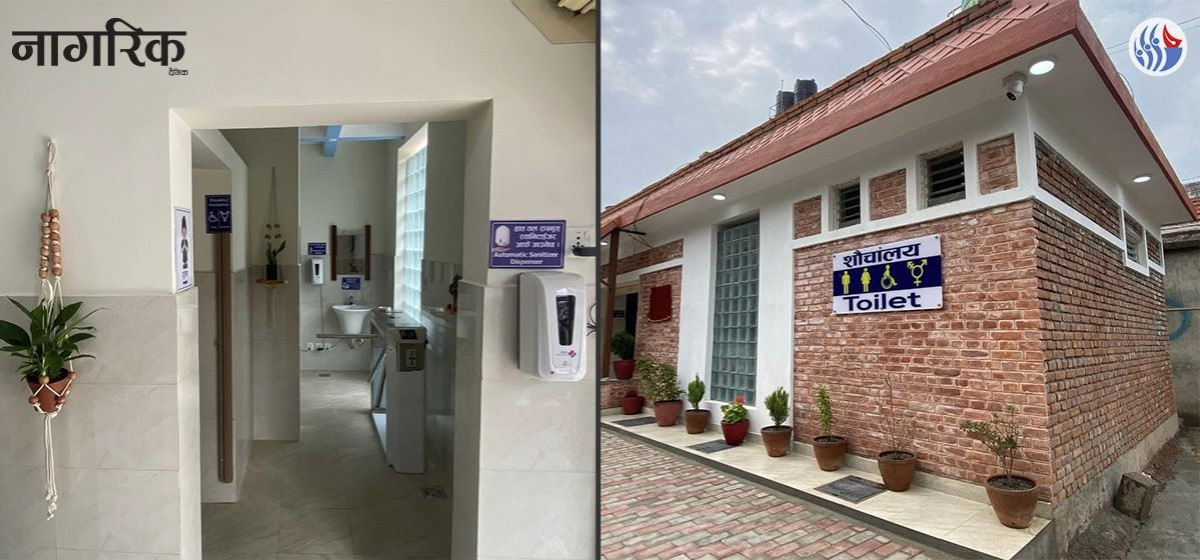
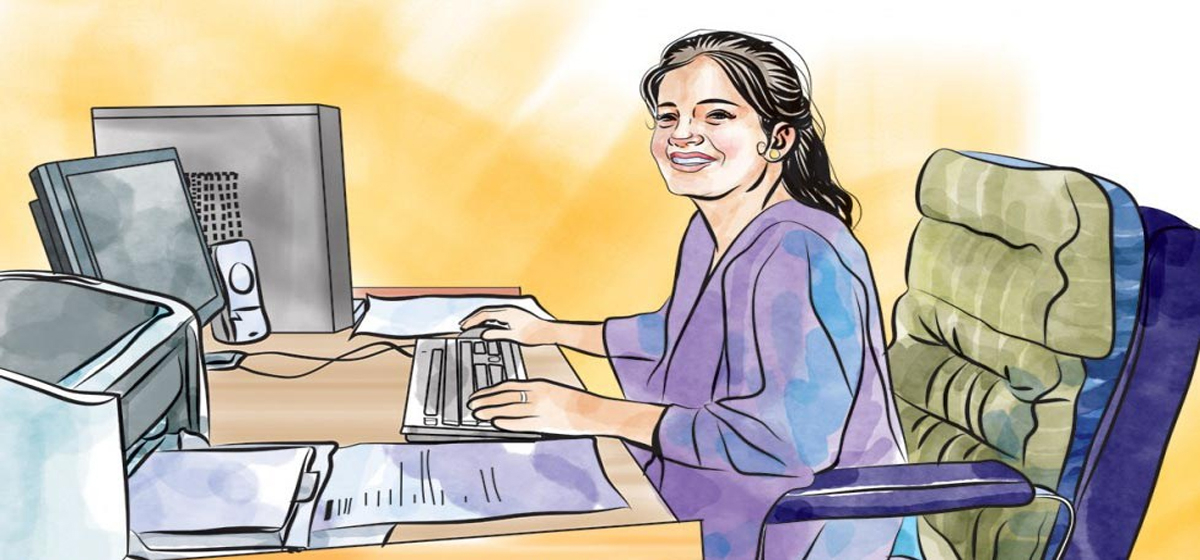

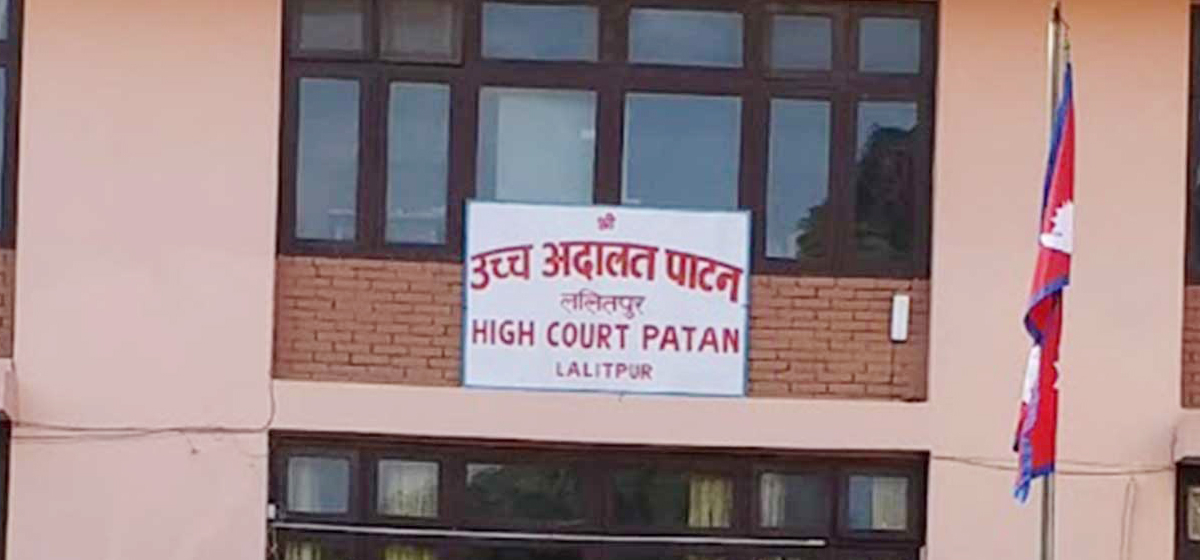
Leave A Comment